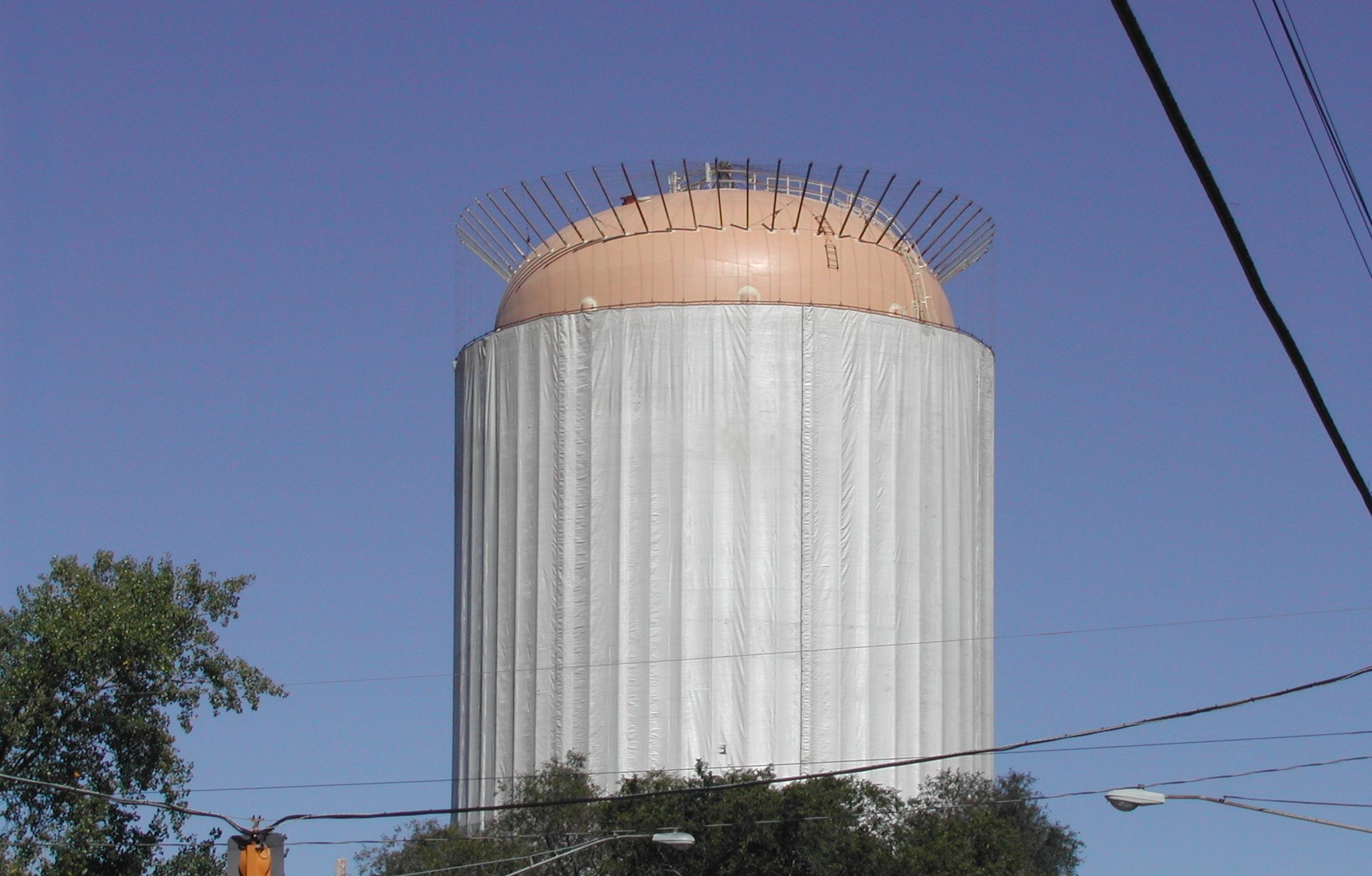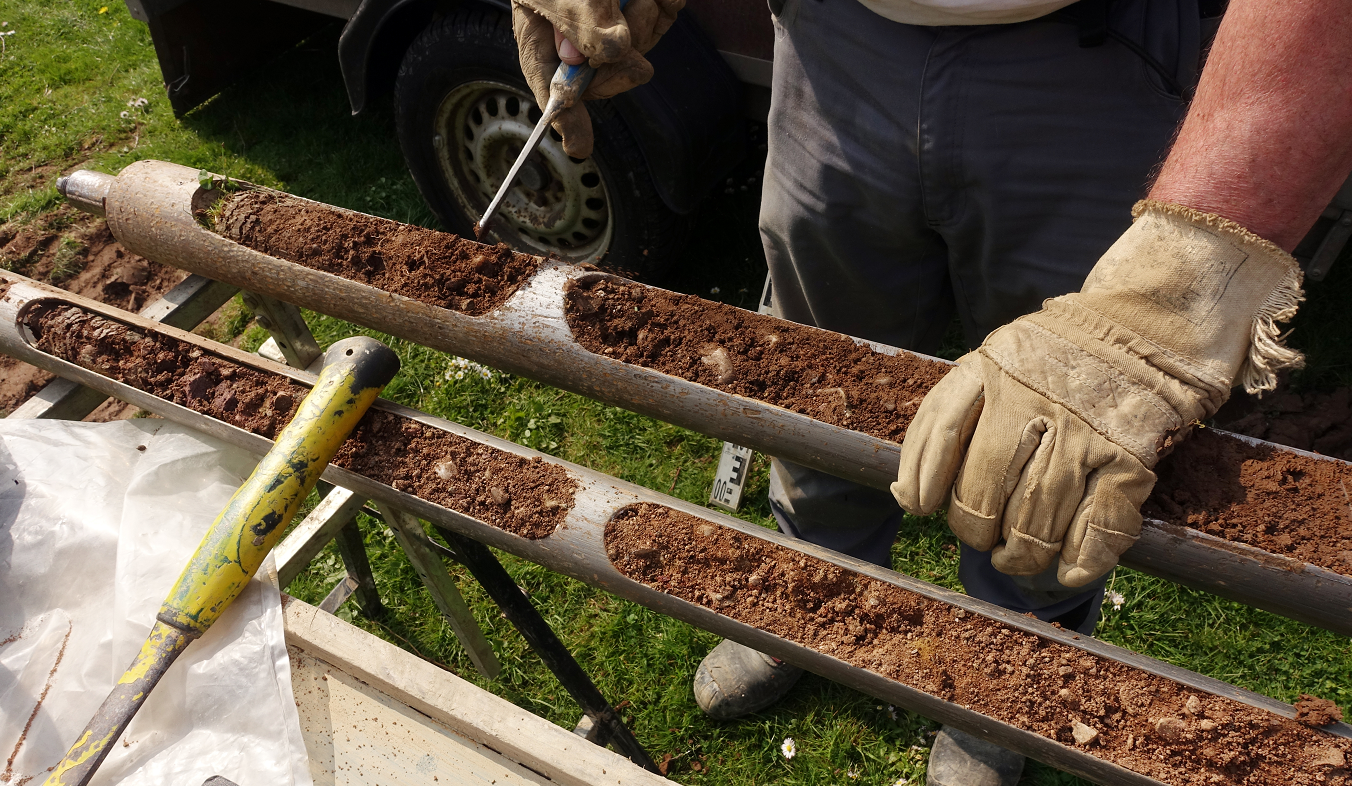Soil Remediation Techniques
Soil remediation techniques refers to the process of restoring contaminated or polluted soil, in this case heavy metals, to a clean and healthy state. It involves various techniques and methods aimed at reducing or eliminating pollutants present in the soil, thereby minimizing potential risks to human health and the environment. The choice of technique depends on the nature and extent of contamination, site conditions, regulatory requirements, and other factors.
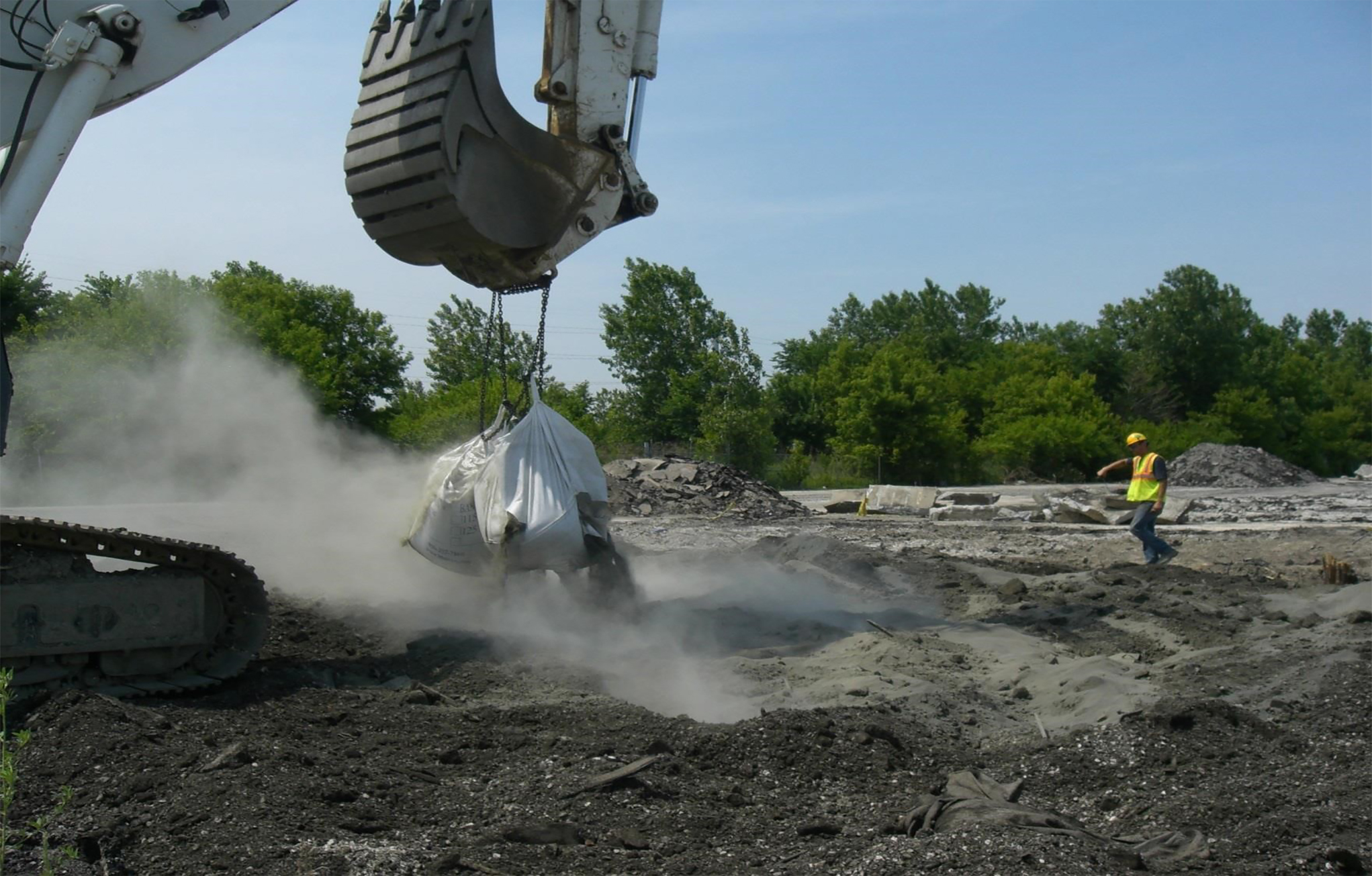
Different Techniques
This method involves physically removing contaminated soil from the site and transporting it to a designated disposal facility for treatment or containment. This method is still disposal of contaminated waste, therefore will require large disposal costs.
This soil remediation techniques involves adding materials such as Blastox 215® to the contaminated soil to reduce the mobility and availability of contaminants. The goal is to immobilize the contaminants, preventing them from leaching into groundwater or being released into the environment.
Bioremediation uses microorganisms such as bacteria, fungi, or plants to degrade or break down contaminants in the soil. Microorganisms can metabolize various pollutants, including hydrocarbons, pesticides, and heavy metals.
In this method, chemicals are added to the contaminated soil to chemically transform the pollutants into less toxic or non-toxic forms. Oxidation involves adding an oxidizing agent, while reduction involves adding a reducing agent. These reactions can help break down or detoxify various contaminants.
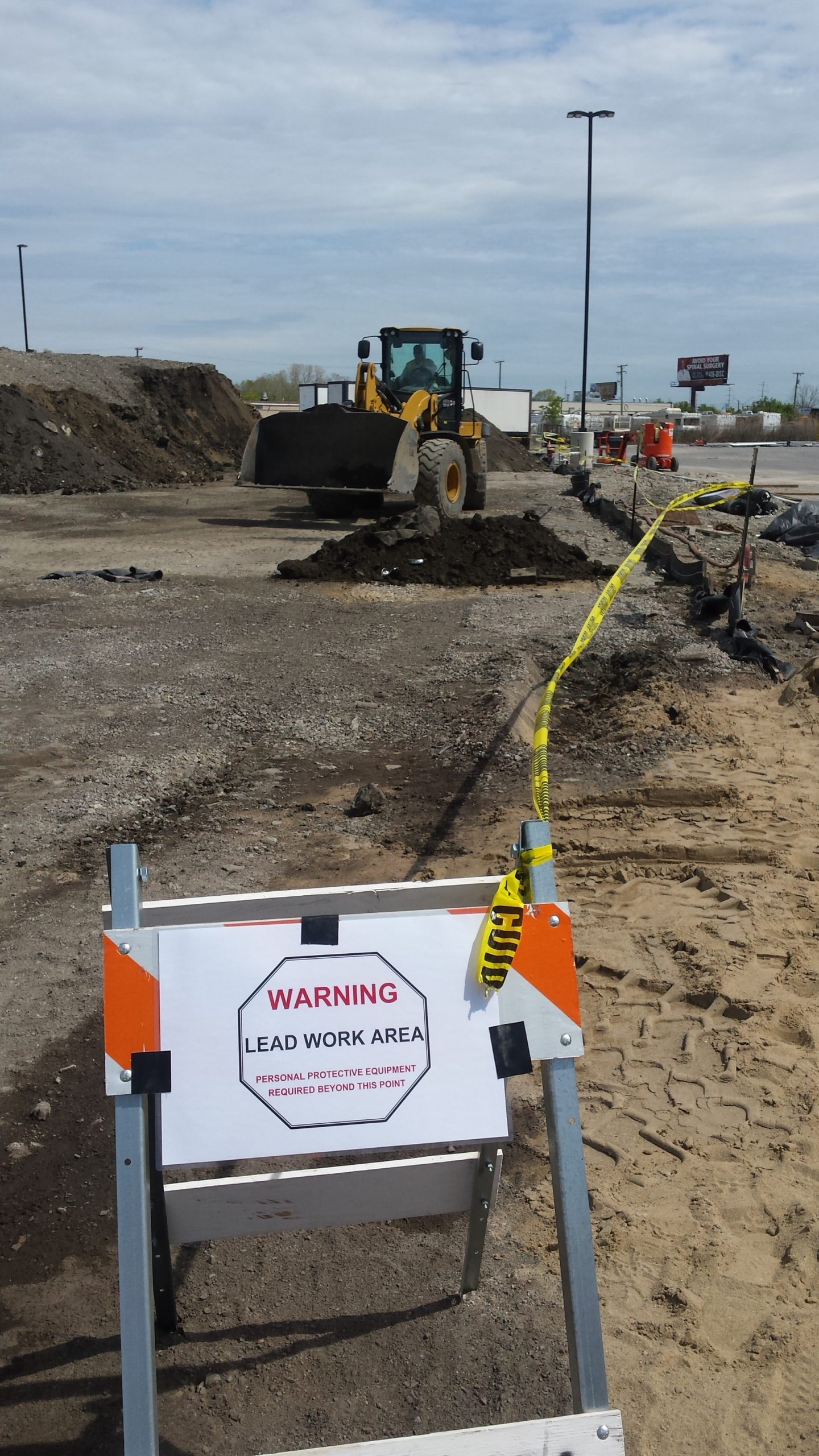
What is Encapsulation of Waste?
Blastox 215® is used for soil remediation techniques in the process of encapsulating heavy metals in contaminated soil sites to render them non-hazardous. If the contaminated soil contains heavy metal’s and exceeds the Toxicity Characteristic Leaching Procedure (TCLP) limits, stakeholders should be aware that remedial applications, such as Blastox 215® exists that can be added directly to the soil to render it non-hazardous.
Blastox 215® Soil Remediation Process
1) Determine dosage rate by submitting total metals and TCLP analytical results, or we can run a complimentary treatability study on your samples to verify dosage
2) Calculate quantity of Blastox 215® needed for the soil mass to be treated
3) Using spout bottom, directly apply product to soil
4) Mix to achieve sufficient distribution throughout soil
5) Perform confirmatory TCLP test
6) Dispose of treated soil as non-hazardous for significant savings
What is Blastox 215 for Soil remediation techniques?
Blastox 215® is a top choice for soil remediation techniques. It is a dry, fine grain silicate chemistry listed as US EPA Best Demonstrated Available Technology (BOAT) for stabilizing heavy metal wastes, such as lead (Pb). This product is also extremely effective on cadmium, barium, zinc and copper contaminated waste streams.
It is a derivative of the same chemical formulation as that found in our Blastox® product. Its smaller particle size provides more reactive surface which is beneficial when stabilizing heavy metals for contaminated soil remediation projects. Due to the low dose rate and competitive pricing, Blastox 215® is becoming an effective resource for many engineers and also project managers.
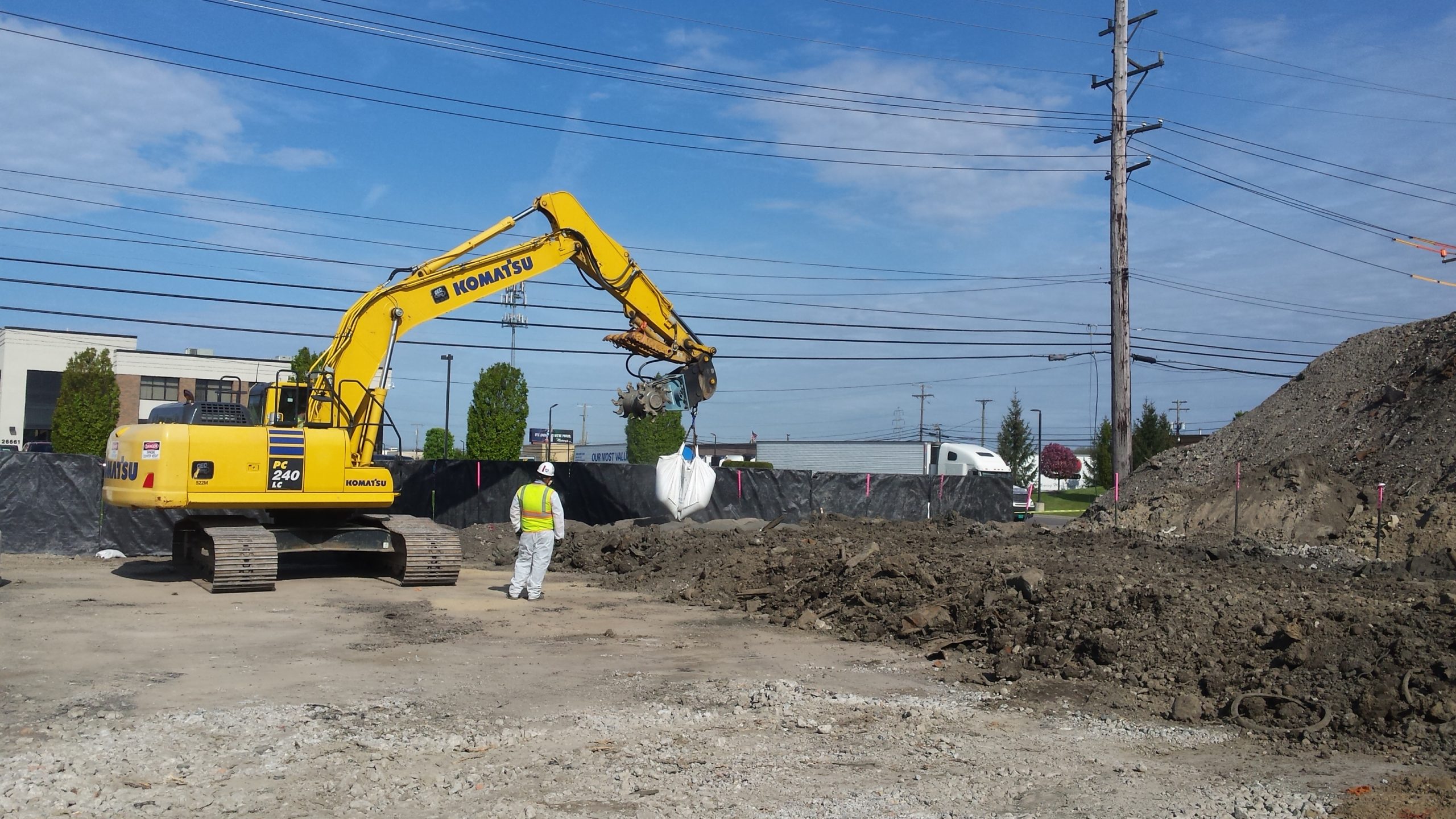
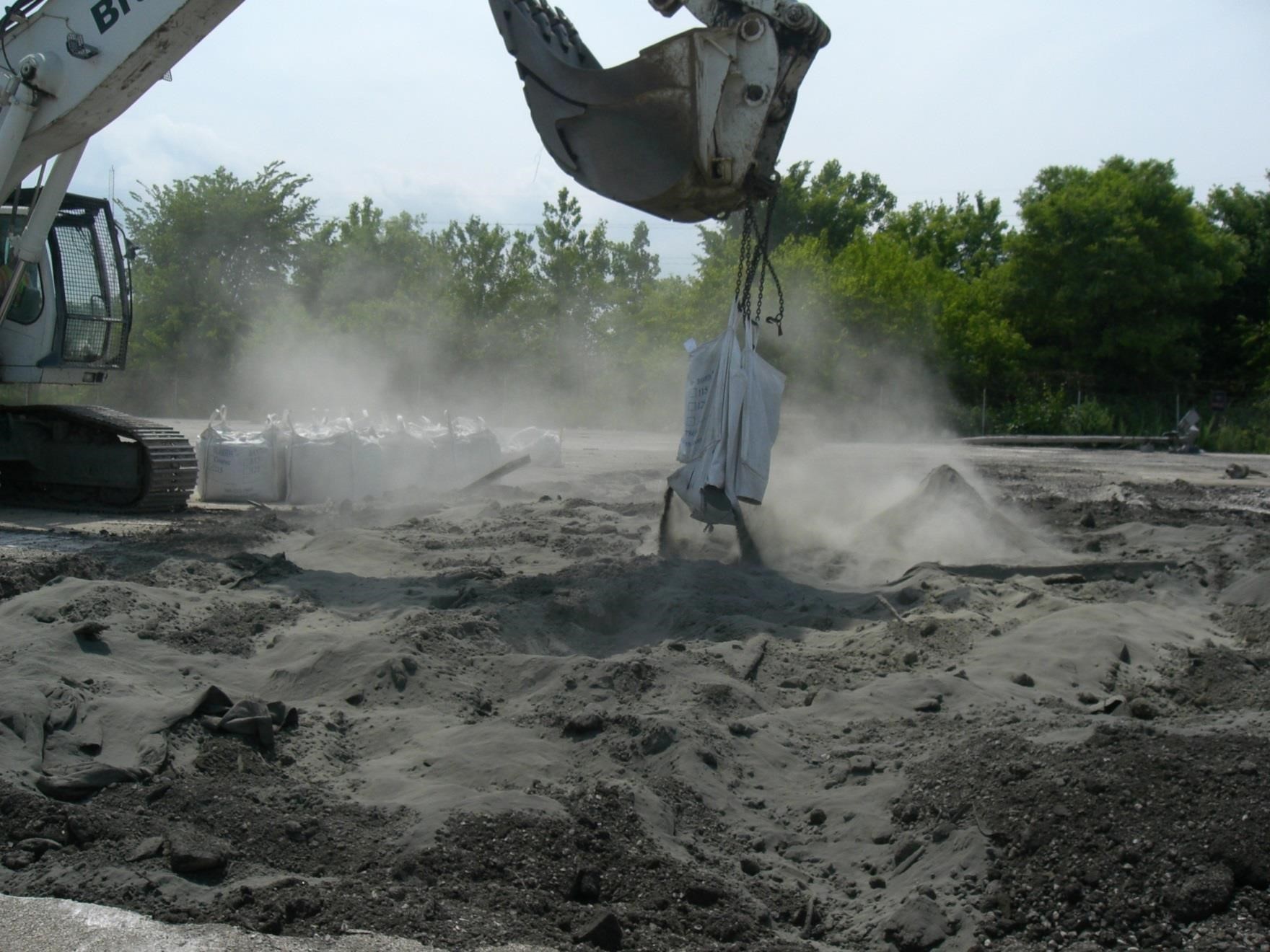

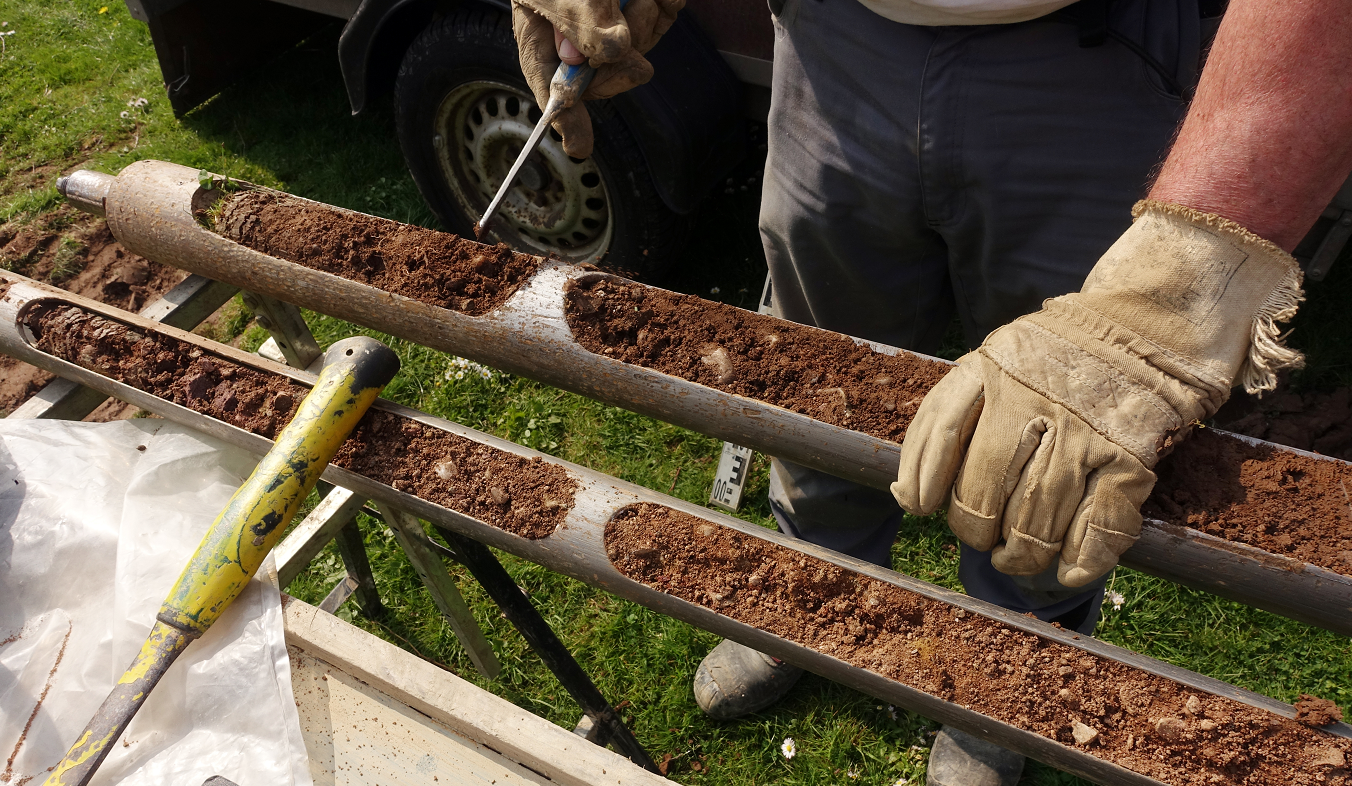
Contaminated Soil Fixation of Heavy Metals
